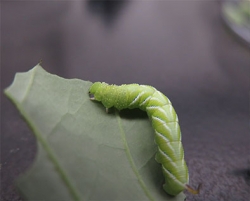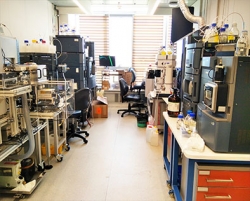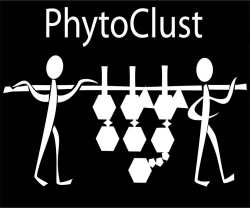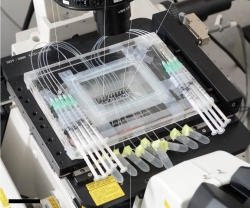The term ‘METABOLOME’ describes the complement of all metabolites expressed in a cell, tissue or organism during its lifetime.
Already in the 19th century it was suggested that two classes of metabolites exist: primary (or ‘core’) and secondary. Secondary metabolism refers to compounds that are typically not needed for the cell survival and propagation but are of great importance to the plant continued existence in particular environmental conditions.
In recent years the term ‘secondary metabolites’ has been gradually replaced by ‘specialized metabolism’ that is more justified in light of the many recent discoveries unrevealing the key role of these metabolites in plant development and fitness. Specialized metabolites (SMs) are derived from primary metabolites (e.g. amino acids and carbohydrates), through modifications, such as methylation, hydroxylation, and glycosylation.
Evolutionary processes directed towards enhancing plant fitness most probably stimulated formation of new structures. SMs are formed both as part of normal plant developmental pathways and upon diverse endogenous and environmental stimuli. Examples of SMs are fruit flavor and aroma compounds, flower and fruit pigments, anti- fungal/bacterial/herbivory metabolites and "sun screen’ molecules.
To date, several hundred thousand different SMs structures have been identified in plants, the largest of which being the Phenylpropanoids, Isoprenoids and Alkaloids.
The main interest of our lab is in the regulation of plant metabolic pathways, in particularly those associated with specialized metabolism and its coordination with developmental and stress response programs.







